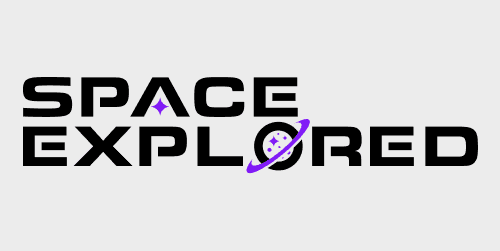
NASA published a challenge for K-12 students to design a robot capable of digging and transporting lunar regolith.
In collaboration with the organization Future Engineers, NASA is asking for help designing Moon excavation systems. Intended for use in the Artemis program, the robots are supposed to dig and deposit lunar soil samples from an area in the lunar South Pole to a designated holding container. Astronauts in future crewed expeditions to the Moon will eventually either analyze or pick up these sample containers for future research back on earth. This process would ideally cut down on the amount of time it would otherwise take Astronauts to take samples on their own.
Students interested in participating in the challenge are urged to submit an image of their robot design, along with a written summary explaining how their design would work. Entries close by January 25th, so students have roughly three months to submit their ideas.
Submissions should address these three issues, as stated by NASA:
- “Physical Design: How will your robot scoop/dig and move lunar regolith?”
- “Operational Design: Will your robot carry lots of dirt per trip, or transport less dirt in more trips, or somewhere in between?”
- “Dealing with Dust: Lunar dust is a big challenge! Lunar regolith is easily disturbed and can coat everything with a fine layer of dust that “sticks” to surfaces like static cling. How will your robot design handle lunar dust?”
Additionally, judges will score submissions on a point scale ranging from 0-100:
- 25 points: “Likelihood of your robot’s design to successfully move lunar soil”
- 25 points: “Your design’s consideration of the unique lunar environment and its challenges”
- 25 points: “Creativity and originality of the design”
- 25 points: “Communication of your robot’s design through image(s)/illustration(s) and text”
The contest will be broken up into two groups: students in grades K-5, and students in grades 6-12. Once the submission period is over, volunteer judges (you can sign up here to be a judge) will decide on 10 semifinalists for each group by March 8th. Semifinalists will receive a special “Lunabotics Junior Prize Pack.” Next, judges will decide on 4 finalist submissions by March 22nd for each group. These finalists will have the privilege of virtually meeting with a NASA expert. Finally, groups K-5 and 6-12 will have a grand prize winner announced on March 29th. The grand prize winners will get to chat virtually with Kennedy Space Center Director Janet Petro about their ideas.
If you or someone you know wants to participate in the competition, the full rulebook can be found here, and ideas can be submitted to this site.
Enjoy reading Space Explored?
Help others find us by following on Apple News and Google News. Be sure to check us out on YouTube, Twitter, Facebook, and Instagram, join our Discord!
FTC: We use income earning auto affiliate links. More.




Comments